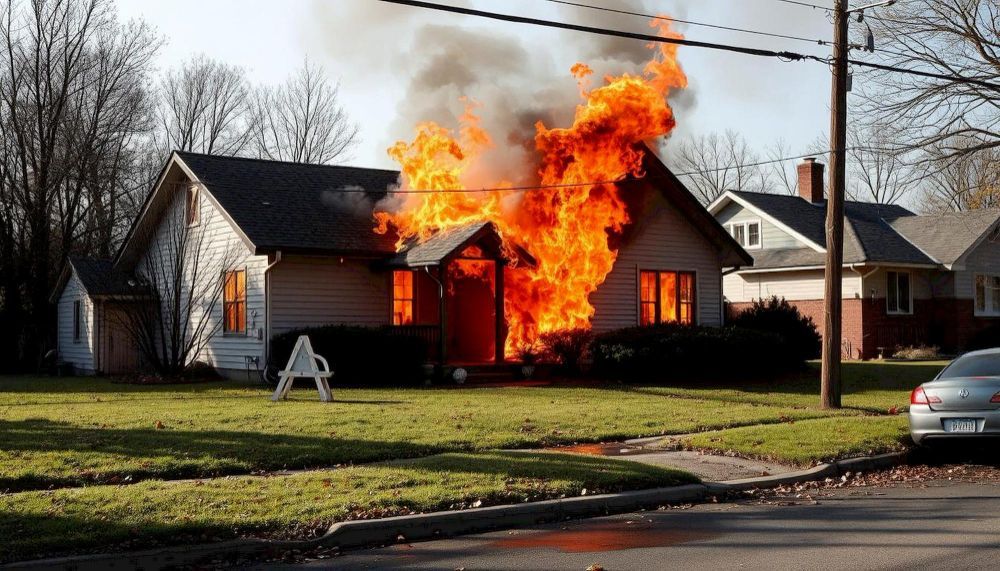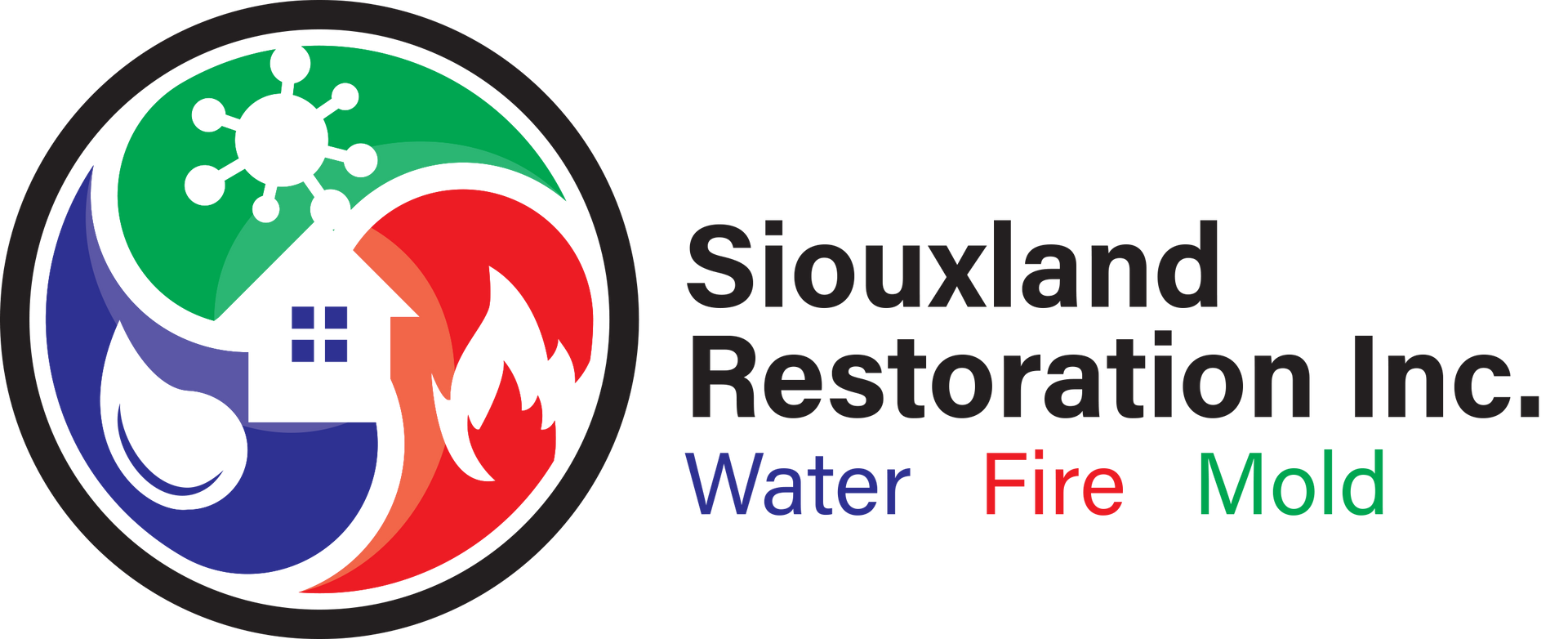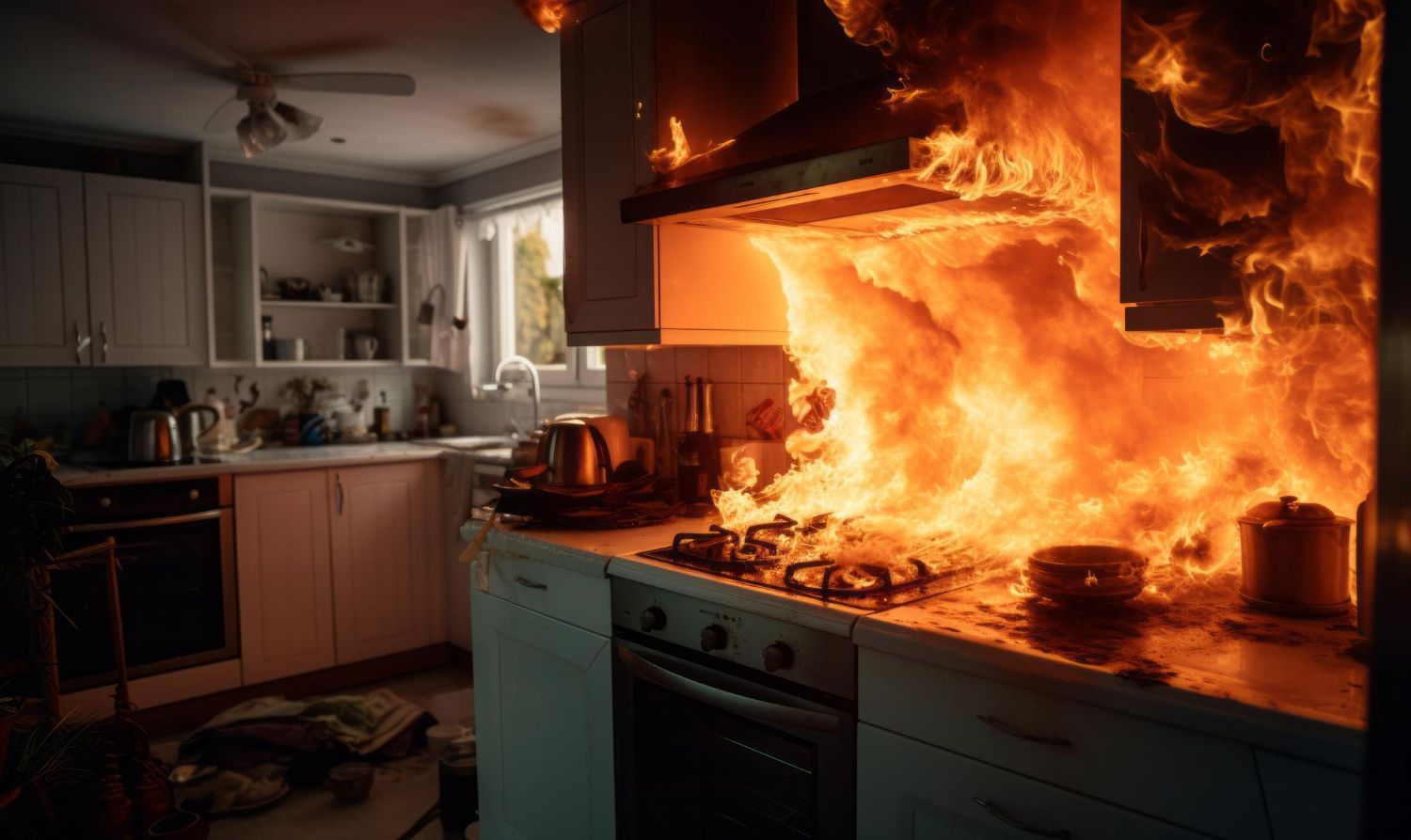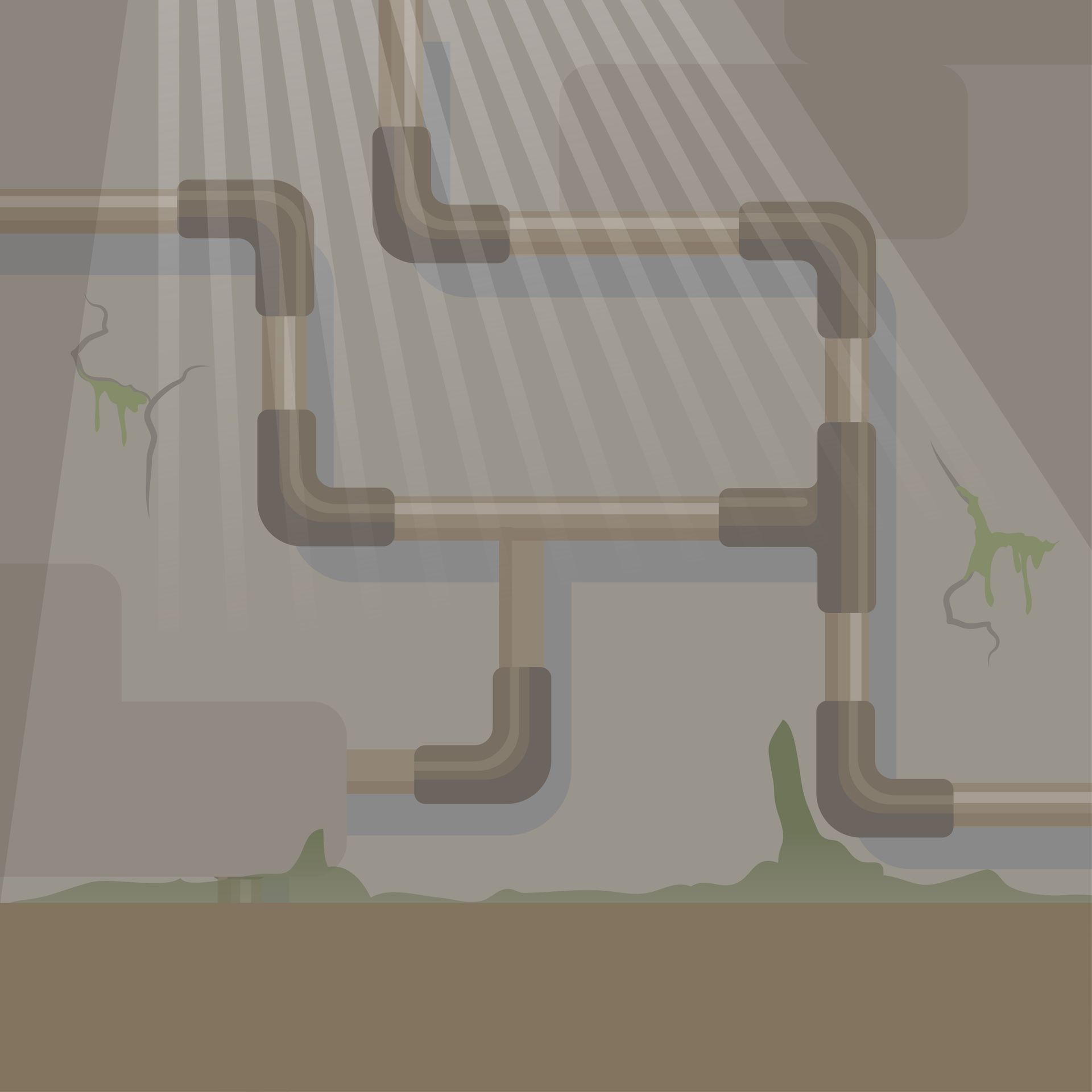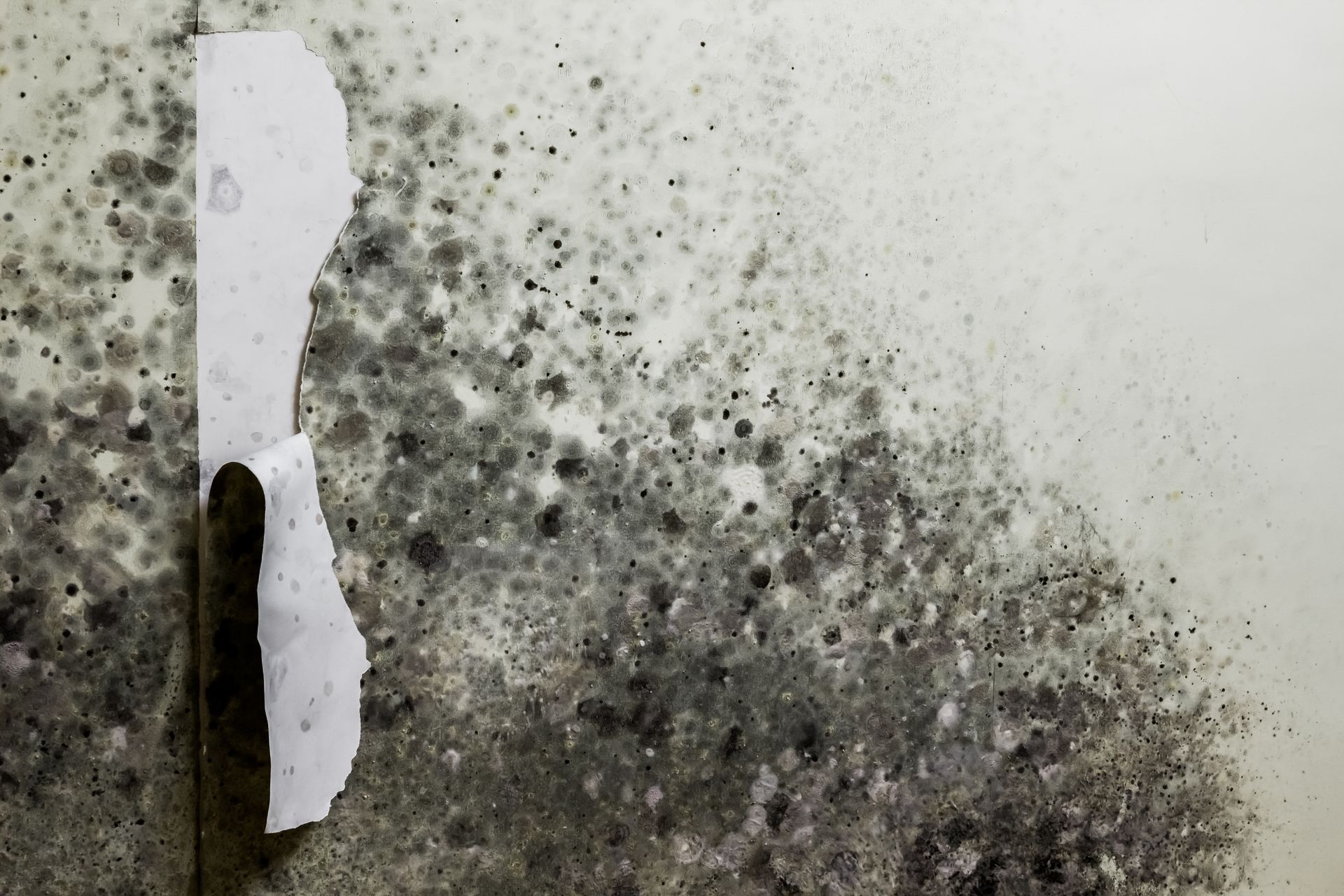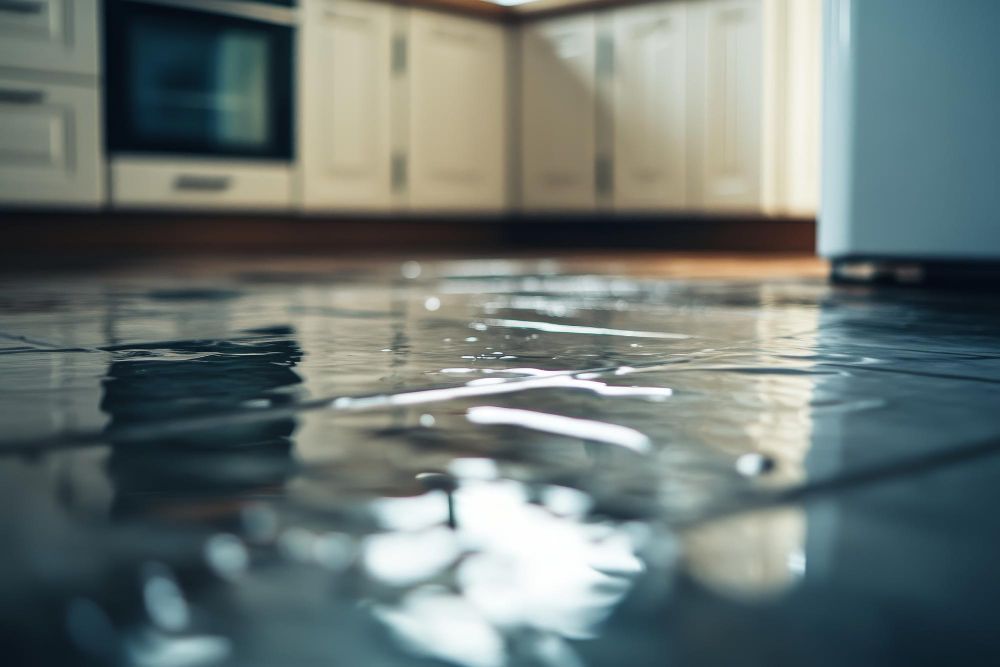The Insidious Effects of Smoke Damage
The Insidious Effects of Smoke: Understanding Why It Causes So Much Damage- Sioux City, IA
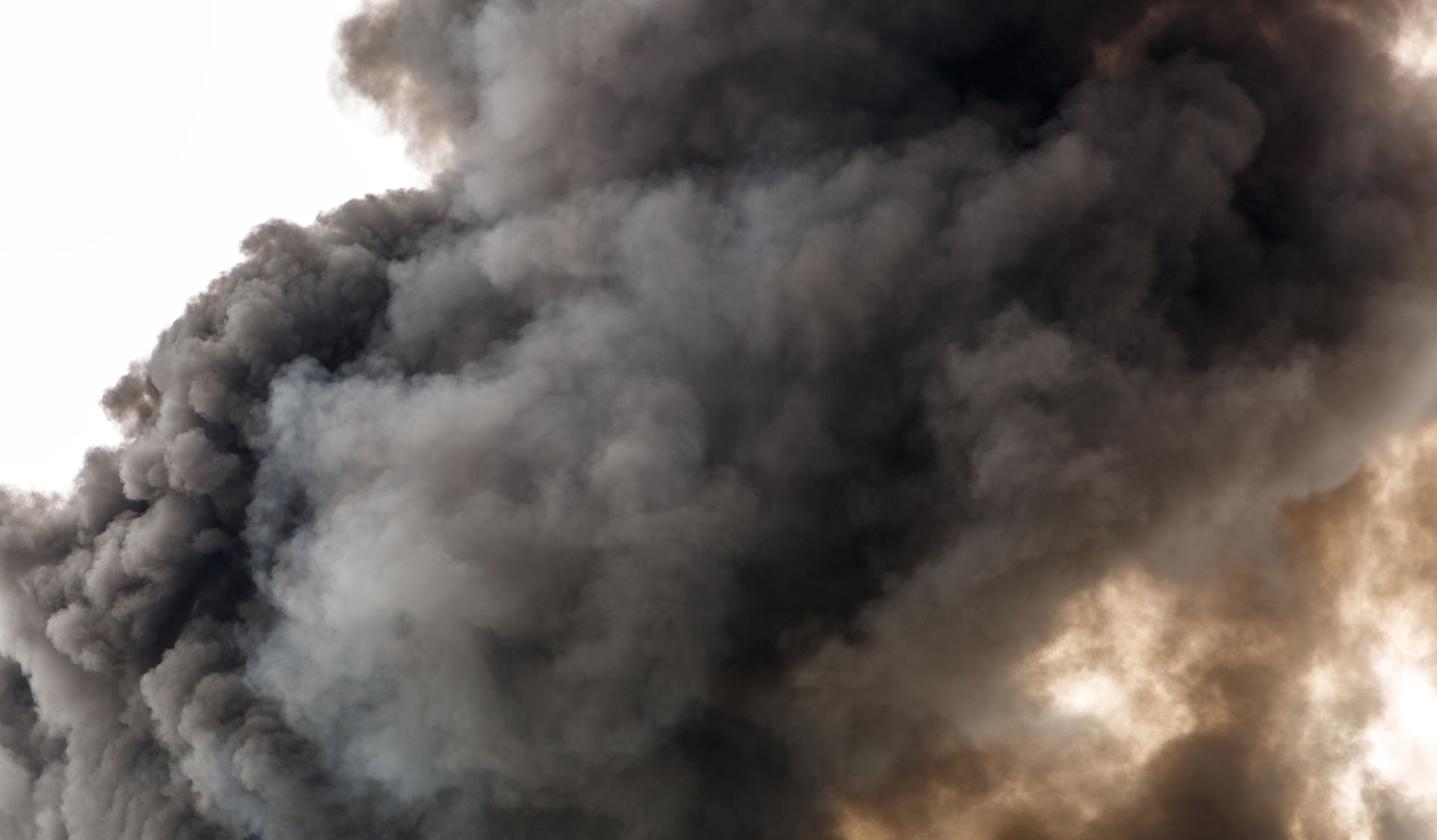
Smoke, often overshadowed by the flames it accompanies, plays a significant role in causing devastation during fires. Its insidious nature permeates spaces far beyond the flames, leaving behind a trail of destruction and harm. Understanding why smoke causes so much damage is essential for comprehending the full impact of fires and implementing effective mitigation strategies. In this blog post, we'll delve into the reasons behind the destructive power of smoke.
Toxic Chemicals: Smoke is a complex mixture of gases and microscopic particles, many of which are toxic and harmful to both property and human health. When organic materials burn, they release a cocktail of hazardous substances such as carbon monoxide, hydrogen cyanide, and volatile organic compounds (VOCs). These chemicals can corrode surfaces, tarnish finishes, and permeate porous materials, causing long-term damage to structures and belongings. Additionally, exposure to smoke inhalation can lead to respiratory problems, cardiovascular issues, and other serious health complications.
Soot and Residue: One of the most visible and immediate effects of smoke is the deposition of soot and residue on surfaces. Fine particles suspended in smoke settle on walls, ceilings, furniture, and other objects, leaving behind a thick, black layer of grime. Soot is highly acidic and abrasive, capable of staining and etching surfaces, including glass, metal, and plastics. If left unchecked, soot can cause permanent discoloration and deterioration, necessitating extensive cleaning and restoration efforts to salvage affected items.
Pervasive Odors: Smoke carries with it strong, lingering odors that permeate every nook and cranny of affected spaces. These odors are not only unpleasant but also challenging to eliminate completely. Smoke particles can penetrate porous materials like fabrics, upholstery, and insulation, embedding themselves deep within the fibers. Traditional cleaning methods often fail to remove smoke odors entirely, requiring specialized techniques such as ozone treatment, thermal fogging, or activated charcoal filtration to neutralize the smell effectively.
Structural Damage: Beyond surface-level effects, smoke can also cause significant structural damage to buildings and infrastructure. Intense heat from fires can warp, weaken, or even collapse structural elements such as beams, trusses, and load-bearing walls. Smoke exposure can also compromise electrical systems, plumbing fixtures, and HVAC equipment, posing fire hazards and safety risks. Additionally, smoke residues left untreated can accelerate corrosion and decay, leading to structural instability and costly repairs.
Secondary Damage: In addition to direct damage caused by smoke, its presence can exacerbate other forms of damage, such as water damage and mold growth. Fire suppression efforts often involve the use of water or chemical agents, which can create secondary issues like flooding, moisture intrusion, and microbial proliferation. Combined with smoke residues, excess moisture creates an ideal breeding ground for mold and mildew, further complicating restoration efforts and prolonging recovery timelines.
In conclusion, smoke is a formidable adversary in the aftermath of fires, capable of causing widespread damage and posing serious health risks. Its toxic chemicals, abrasive residues, pervasive odors, structural implications, and role in facilitating secondary damage underscore the importance of swift and comprehensive mitigation measures. By understanding the destructive power of smoke and employing appropriate restoration techniques, property owners can mitigate its impact and expedite the recovery process. Remember, when dealing with smoke damage, thoroughness and expertise are paramount. Let the professionals at Siouxland Restoration Inc. take care of your smoke damage.
